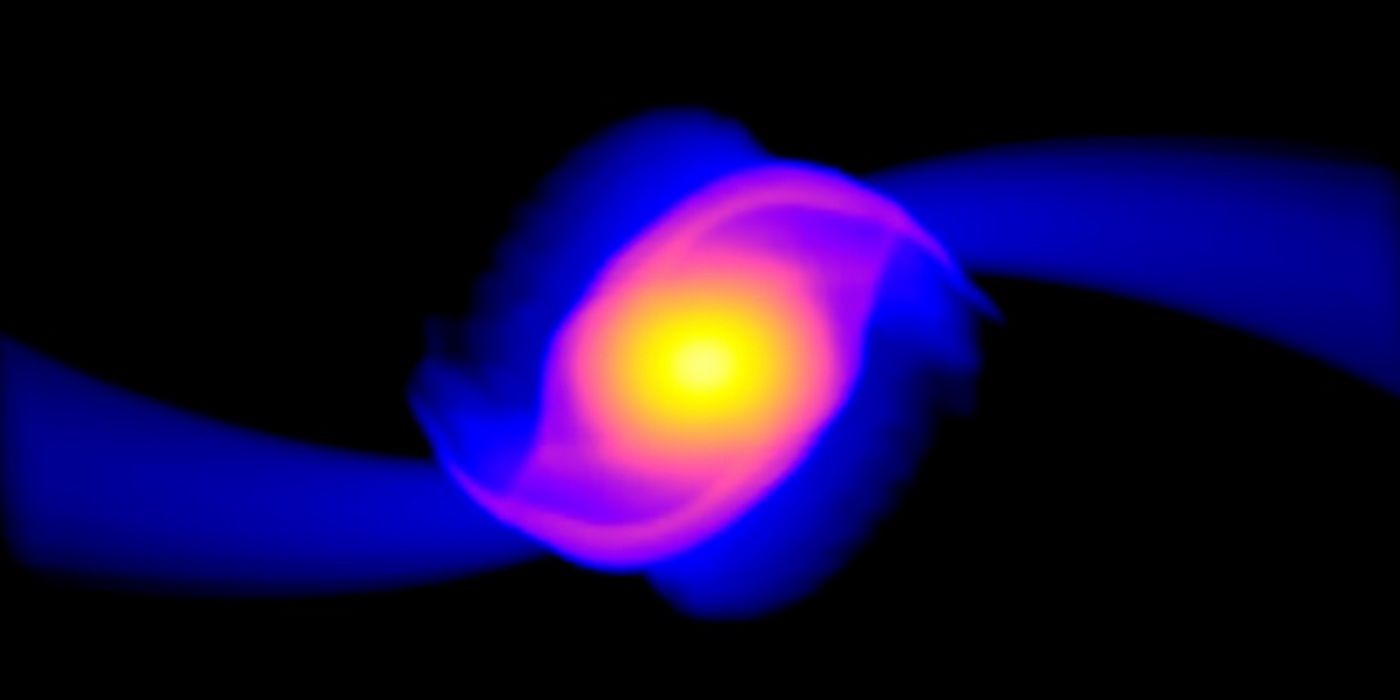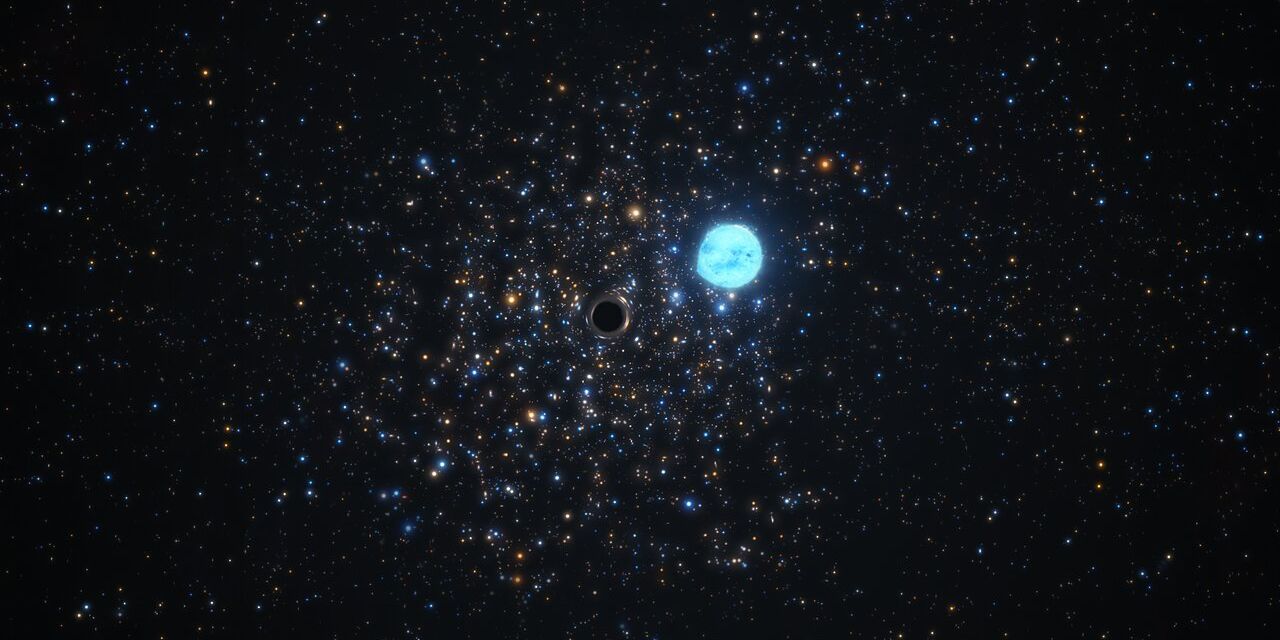A series of supercomputer simulations by researchers has offered a glimpse into how black holes destroy stars that happen to get too close for comfort. While black holes are known to cause stellar deaths, catching such a phenomenon is relatively uncommon. However, a few instances of the violent encounters were caught on camera, including one first observed in September 2019.
A black hole devouring a star is called a 'Tidal Disruption Event' (TDE), and it often results in a flare of electromagnetic radiation. These events are so named because the gravitational force of black holes typically deforms and then tears apart a star using a phenomenon called 'tidal force' that stretches one body due to the gravitational pull of the other. TDEs can often result in a blast of materials that engulf the scene and makes it challenging to observe the phenomenon.
A new video published by NASA's Goddard Space Flight Center (GSFC) offers an interesting insight into what happens when black holes devour stars in the vicinity. The video shows a series of supercomputer simulations that are part of a more extensive study published in The Astrophysics Journal. The simulations, which create realistic depictions of tidal disruption events, show eight different stars passing a supermassive black hole one million times the mass of the Sun. The masses of the model stars range from about 1/10th to around 10 times the Sun's mass. The stars and the black hole are about 24 million miles apart at their closest when the tidal disruption happens.
Some Stars Survive Their Encounters With Black Holes
The simulations show that some of the stars are totally destroyed and reduced to a long stream of gas, while others are only partially pulled apart and able to survive their ordeal somehow. In these cases, the stars' own gravity pulls them back together into shape as they get further away from the black hole. According to the report, the ability of the stars to survive their encounters with black holes depends on their internal density rather than their total mass. This is why some of the bigger stars (but less dense) were being destroyed by the black hole, while others that were smaller (yet denser) survived their close encounters.
The study is led by Taeho Ryu, a fellow at the Max Planck Institute for Astrophysics in Garching, Germany. According to NASA, the simulations created by the team are the "first to combine the physical effects of Einstein's general theory of relativity with realistic stellar density models." As part of their research, Ryu and his colleagues also studied how different black hole masses and stellar approaches would affect the results. The researchers believe that this study will help them better understand these events and how they shape the universe.
Source: NASA Goddard (via YouTube), The Astrophysics Journal


